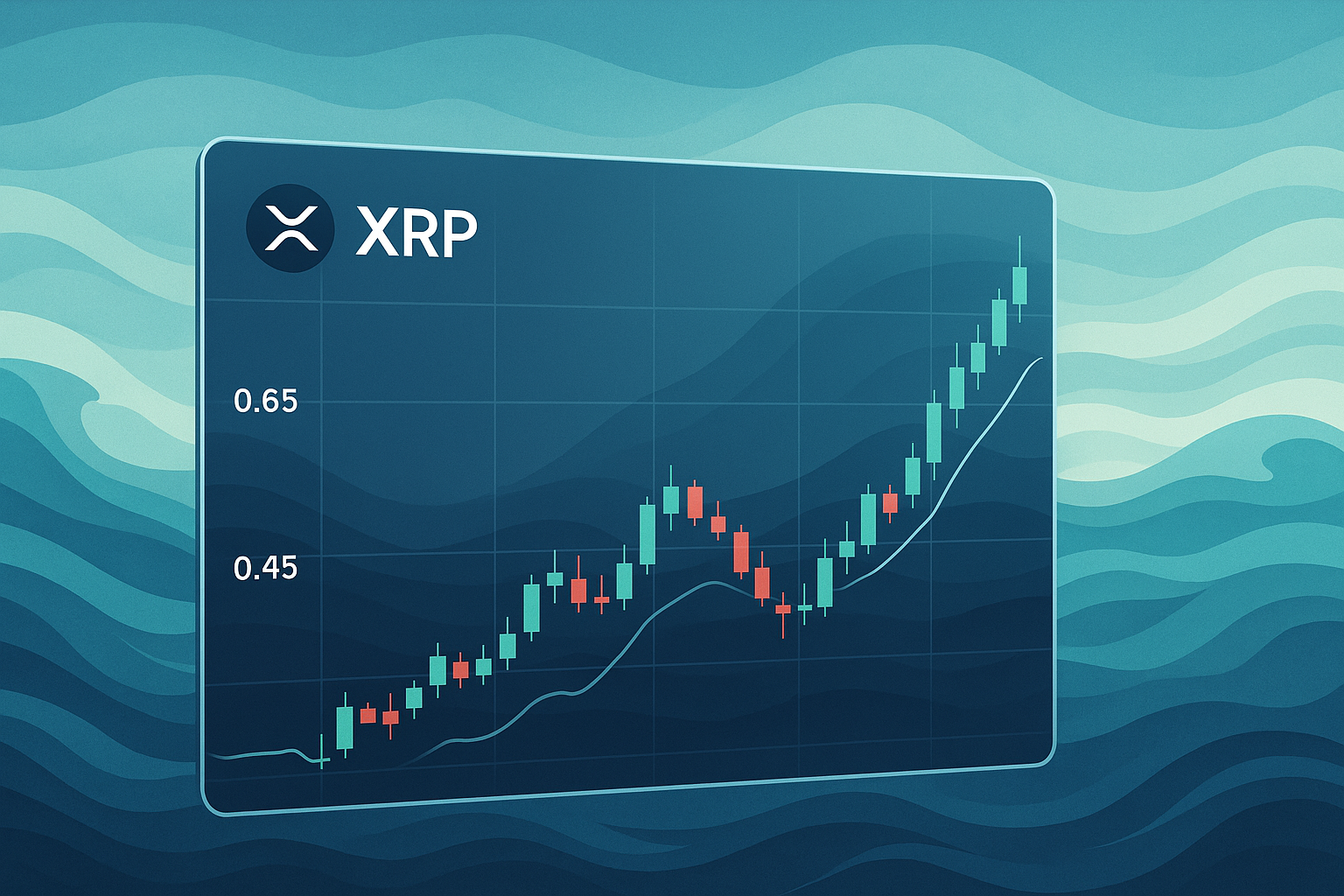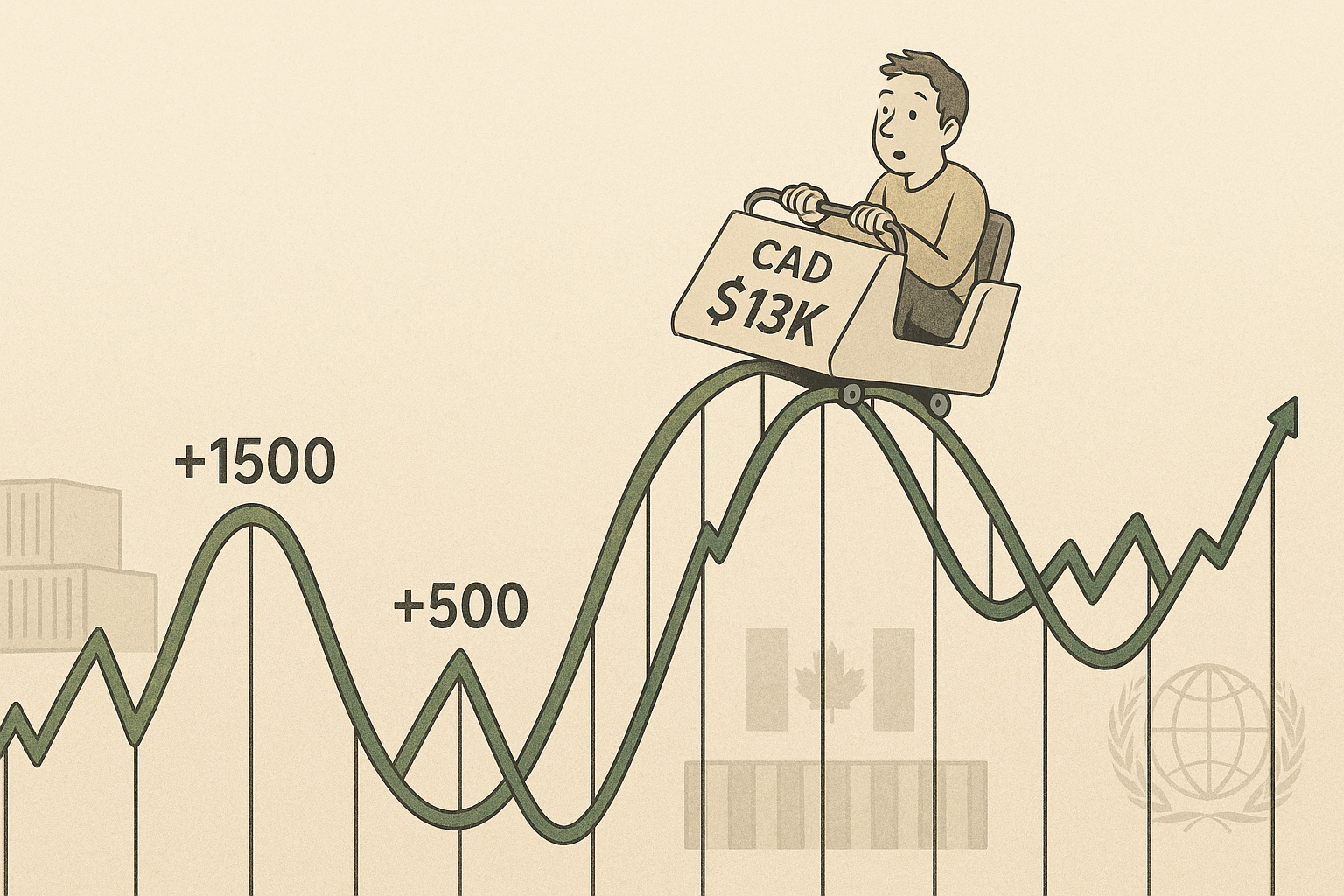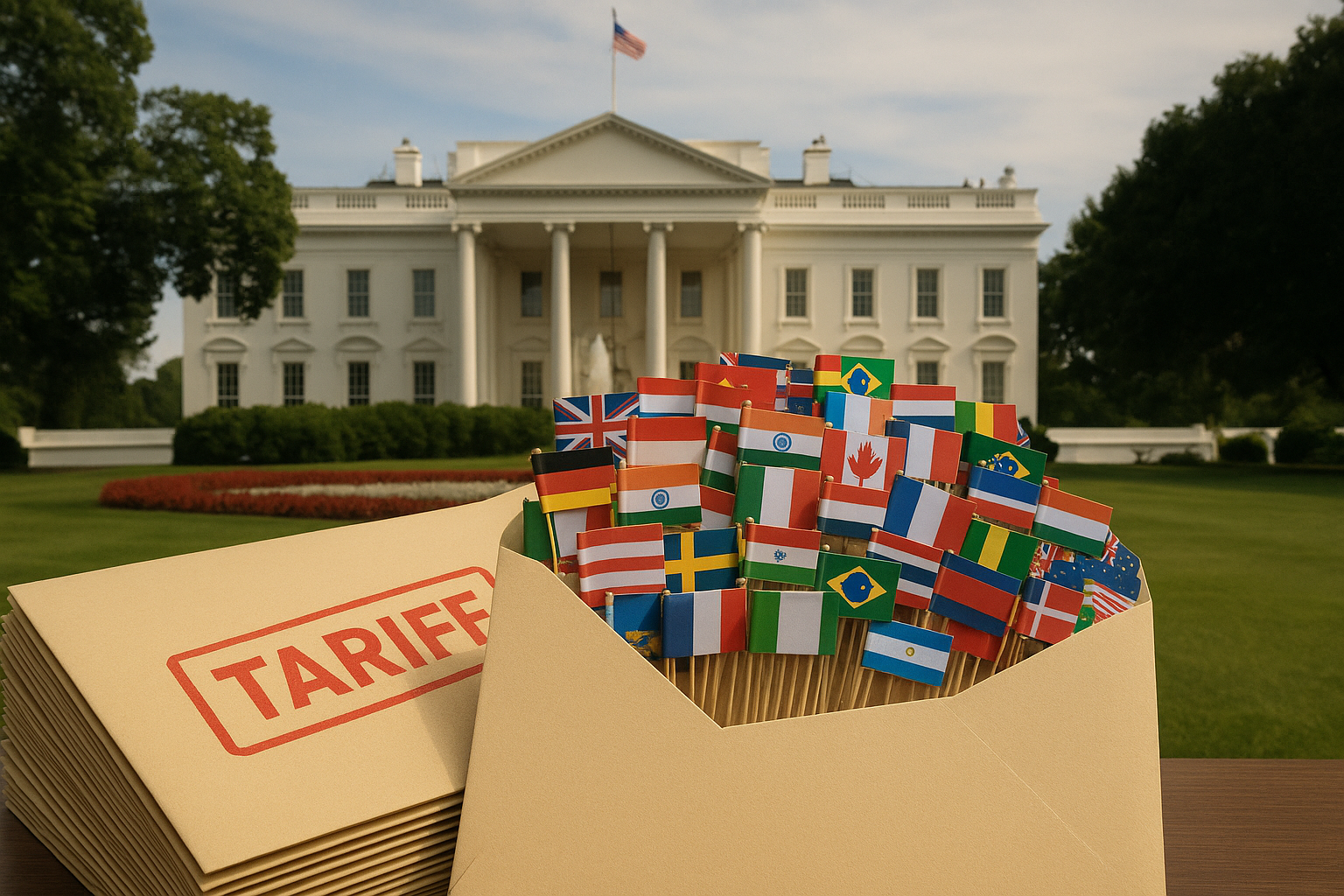There's something refreshingly old-school about investors who still think in terms of 7+ year horizons. In a market obsessed with quarterly earnings pops and algorithm-driven day trading, the patient investor has become almost... quaint.
But here's the thing—they're usually the ones who end up with the real money.
I've spent nearly two decades watching retail investors chase their tails, jumping from one hot sector to another. Meanwhile, the quiet accumulators who plant their financial trees and let them grow? They're the ones building actual wealth.
So what might deserve a spot in a genuinely long-term portfolio? Let's look beyond the obvious tech giants that dominate everyone's holdings.
The Space Bet: High Risk, Higher Reward?
Rocket Lab (RKLB) represents one of those genuine frontier investments where you're not just betting on a company but on the creation of entirely new markets. The space sector has historically chewed up investor capital with the efficiency of a wood chipper—expensive infrastructure, regulatory hurdles, and timelines that seem to extend perpetually into the future.
But that's changing.
I spoke with several aerospace analysts last month who pointed to RKLB's vertical integration as a potential game-changer. Unlike pure launch companies, Rocket Lab has diversified into satellite components and services, giving them multiple revenue streams while they scale their Electron program and develop the larger Neutron rocket.
"The company that builds both the rockets and what goes on them has inherent advantages," one industry veteran told me. "They're controlling more of the value chain than most competitors."
That said... profitability? That's still somewhere over the horizon. If you're venturing into space investments, consider balancing pure-plays like RKLB with established aerospace contractors like Lockheed Martin (LMT) or RTX Corporation (RTX).
Data Infrastructure: The Picks and Shovels of AI
Look, everyone's talking about AI applications, but the real money might be in the less sexy infrastructure layer beneath all the chatbots and image generators.
Palantir (PLTR) sits in this sweet spot. Despite its controversial government contracts and founder-controlled structure (red flags in normal circumstances), their software increasingly looks like the connective tissue large organizations need to make sense of their data. Once embedded, this kind of infrastructure becomes nearly impossible to rip out.
In this same vein, MongoDB (MDB) and Snowflake (SNOW) provide the critical database architecture that underpins modern applications. Having covered enterprise software for years, I've watched these companies transform from niche players to essential components of the corporate technology stack.
The beauty of these picks? They win regardless of which specific AI applications ultimately dominate.
The Chip Stack: Beyond Nvidia
Everyone's obsessed with Nvidia—and for good reason. But the semiconductor industry has layers worth exploring.
ASML Holdings (ASML) maintains what amounts to a global monopoly on the extreme ultraviolet lithography machines required to manufacture advanced chips. When I toured a semiconductor facility in 2019, an engineer described these machines as "the most complicated devices humans have ever built." At roughly $200 million each, with multi-year waiting lists, ASML has positioned itself at a crucial chokepoint in global technology.
Similarly, Applied Materials (AMAT) and Lam Research (LRCX) provide the essential equipment needed throughout the semiconductor manufacturing process. These companies benefit from the same trends driving Nvidia's growth, but with less frothy valuations and more diversified customer bases.
The Energy Transition's Quiet Winners
The transition toward renewable energy represents another multi-decade opportunity, though one that's been frustratingly volatile for investors (believe me, my own clean energy holdings have been a rollercoaster).
NextEra Energy (NEE) offers an interesting hybrid approach—combining traditional utilities (stable cash flows, dividends) with aggressive renewable development. Brookfield Renewable Partners (BEP) provides a globally diversified portfolio of renewable assets with an attractive yield while you wait for appreciation.
The challenge? Separating genuine long-term winners from the inevitable casualties. The energy transition won't progress in a straight line, and policy shifts can devastate even well-positioned companies.
Healthcare: Aging Demographics Meet New Technology
If there's one sector with an absolutely guaranteed growth catalyst, it's healthcare. The global population is aging, and technology is transforming what's possible in treatment.
Intuitive Surgical (ISRG) has built a moat around robotic surgery that looks nearly unassailable. Having watched these systems in action—and spoken with surgeons who use them—I'm convinced we're just scratching the surface of robotic-assisted procedures.
Dexcom (DXCM) is another fascinating play, revolutionizing diabetes care with continuous glucose monitoring systems. The addressable market here is enormous and growing.
For broader exposure with higher risk tolerance, genomic medicine companies might represent the most revolutionary potential, though picking individual winners remains challenging. ETFs like ARK Genomic Revolution (ARKG) provide diversified exposure, albeit with the volatility you'd expect from emerging technologies.
The Patience Premium
The most valuable advice for truly long-term investing isn't about specific stocks—it's about temperament.
Whatever you choose to buy, make sure you understand the business well enough that temporary 30-50% drawdowns won't shake you out. I've seen countless investors bail on fantastic companies during routine corrections, missing the eventual recovery and growth.
And remember—a truly long-term portfolio isn't static. Annual reviews make sense, but resist the urge to constantly swap positions based on quarterly performance hiccups or analyst downgrades. The real magic of compounding happens in years 5, 7, and beyond—precisely when most investors have already moved on to the next shiny object.
That's when patient investors start to quietly pull ahead... and they rarely look back.




